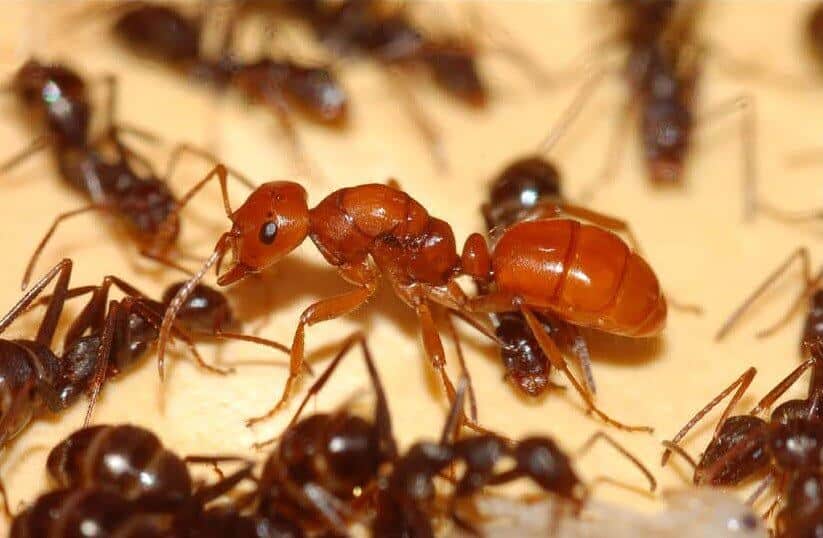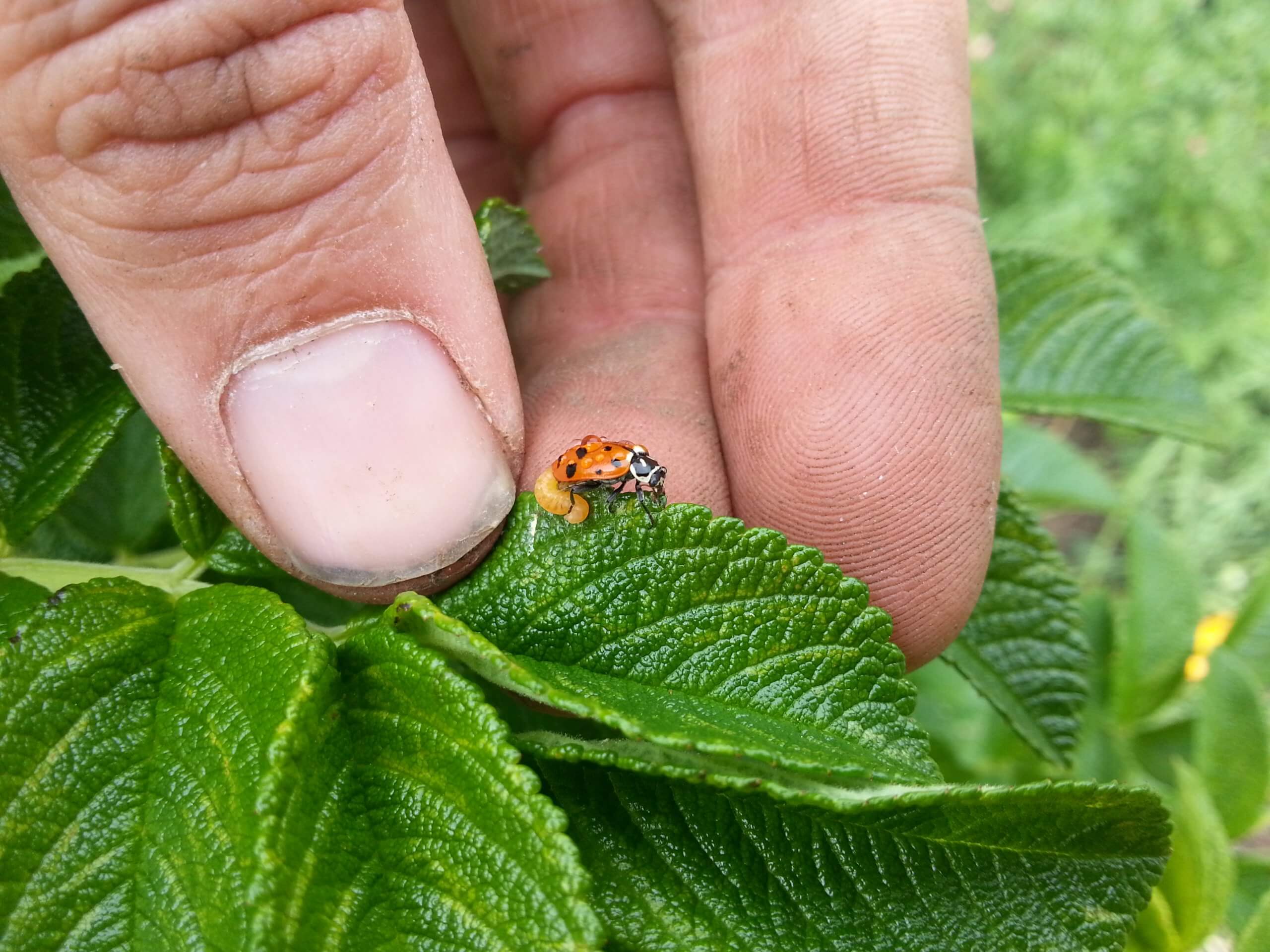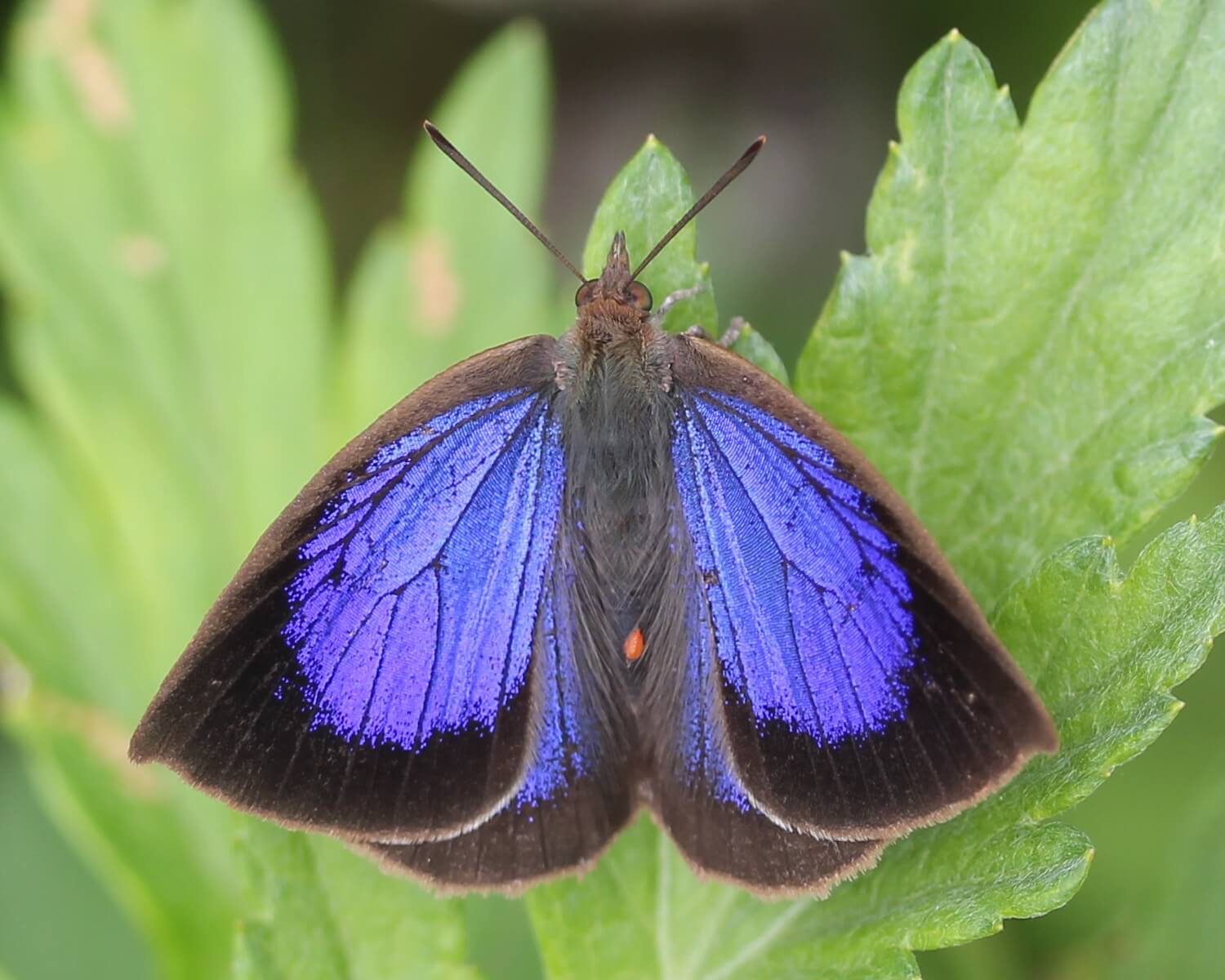Special for Passover: It turns out that slavery is not limited to humans, and various insects survive and multiply in nature thanks to the "slavery" of other species. So what do an army of small ants and Sparta have in common? What were the ladybugs telling their psychologist? And who survives thanks to an army of drugged security guards?

"We were slaves - now we are free", millions of Jews around the world sing again this year at the coming of Passover, when they tell the traditional story about the slavery of the people of Israel in Egypt - and the long-awaited departure towards independence in the Land of Israel. It is true that these are events that are located in an ancient and different period, and today institutionalized slavery is prohibited by law in all countries of the world (Even if it continues to exist) - but it turns out that in the insect kingdom they haven't heard the news yet. Among these tiny creatures one can find a multitude of jobs that are done under duress, against the will (and sometimes even without the awareness) of the "slaves" who perform them. So who are those sentient beings who enslave other species for their needs? How do they do it? And is it possible to learn from them how to get a babysitter for free?
Thousands of maids clean, build, feed - and put down
The most organized case of slavery in nature is probably that of The ants of the kind polyergus. The colonies of these ants include a small class of warriors, eight several hundred individuals, headed by the queen. This status is supported by thousands of female workers who take care of all their material needs - and who belong to a completely different type of ants, who were "enslaved" by the female fighters. How do 10-4 millimeter long ants, which are not particularly large or impressive, manage to provide themselves with an unlimited population of obedient slaves? through chemical warfare, which leads to brainwashing.
when an ant polyergus patrols the area and finds a nest of ants that belong to the Formica genus (ant) - the type that they usually attack, she returns to the nest and calls her friends. Together they move in a column of up to 10 meters, invade the attacked nest and steal from it a large number of offspring - larvae and pupae. It should be noted that although the attacked ants far outnumber the attackers, they are not able to defend themselves against them - nor do they try. The reason for this is that we polyergus Disseminate chemical signals - one of the main ways in which ants communicate with each other - and these confuse the attacking ants. When the abducted offspring grow up in the ants' nestpolyergus, they learn from a young age to recognize the smell of their captives as the smell of their colony. Therefore, they perform all the actions that are required of them for the maintenance of the nest, just as they would have done in their original nest.
In fact, between 90-80 percent of thepolyergus It consists of the lesser ones who build the nest, clean it, take care of raising the offspring, find food and even feed the "dominant" ants from mouth to mouth. In a sense, it is possible to "forgive" the ports of thepolyergus, because today they no longer have a choice: during evolution they became completely dependent on maintaining slave populations, and lost the ability to take care of themselves or do anything other than violent raids on other nests, taking new slaves captive and breeding. Greek history buffs may see similarities between this Nemulean society and Sparta, where a small group of citizens who sanctified the doctrine of warfare were supported by the much larger enslaved Helot population living there.
However, it turns out that brainwashing has its limits - and some of the ants that are attacked are plotting revenge. In recent years come up in research Evidence of a number of ways in which enslaved Formica ants sabotage the nest from the inside - be it by killing ant offspring polyergus, in attempts to reproduce on their own within the colony or actually escaping and freeing themselves from slavery. And who knows, maybe in thousands or millions of years, in a hill or in the garden next to your house, ants will sit around a particularly long holiday table and sing with clicking jaws about the period of slavery and the long-awaited liberation at the end.
Babysitter needed, payment: not relevant
Young parents may be particularly interested in this section, which features an animal who has found a way to get a surrogate, a buffet and a babysitter all in one go. They said hello for the parasitic wasp Dinocampus coccinellae, who has developed a particularly exploitative relationship with what is probably the world's favorite beetle: Coccinella septempunctata, better known as the "ladybug". As befits parasitic wasps, this one also lays its eggs inside the bodies of innocent victims, so that the larvae that hatch from them can eat their hosts - by force from the inside. However, the wonderful and special thing about this wasp is what happens after its larva has eaten its fill of the beetle's stomach. Three weeks after the egg is laid, the larva breaks out of the beetle's abdomen and becomes a pupa between its legs. The unfortunate beetle that was enslaved to the needs of the newborn remains alive - and in fact becomes paralyzed at that moment, remains standing over the pupa and jerks its body uncontrollably - which scares away possible predators. The only consolation that can possibly be had for those who felt sorry for the beetles, is that about a quarter of them survive the horrific experience and after a few days come out of the paralysis that attacked them and continue on their way as if nothing had happened. Do they remember what happened to them? Let's hope not, but as far as we know there has not yet been a report of a beetle turning to a psychologist.

By the way, the complex and bizarre ability of the wasp to paralyze the beetle at the exact moment when it breaks out of its belly, weeks after the initial contact, was until recently a complete mystery. some years ago researchers discovered You are the partner in the crime: a virus that the wasp injects into the beetle along with its egg. The virus spreads in the beetle's brain - but the larva suppresses critical genes in its immune system, thus preventing it from fighting it. When the larva stops doing this, the immune system attacks the damaged brain cells - and in fact, causes damage that leads to the temporary paralysis. And for that we say - ouch.
Private and particularly nervous bodyguards
The last insect on our list recruits for his needs a loyal team of bodyguards who move everywhere with him and who are right to fight at any time to protect him. Unlike the stressful wasp or the bellicose ants, this time it seems to be a much more sympathetic creature - a beautiful little butterfly named Narathura japonica, whose wings are decorated with bright blue spots. But like all butterflies, in order to reach the beautiful and winged stage he must first start as a chubby, slow and seemingly defenseless caterpillar. Therefore, the Asian butterfly developed a method to enslave especially nervous security guards.

Several species of insects (like aphids for example) secrete high-sugar liquids to recruit ants who will eagerly drink it, and protect its source - and so do they. What makes the butterfly caterpillar that we are dealing with unique is that in the liquid it secretes there are also chemical substances that affect the behavior of the ants, which are actually "drugged" by the larvae: the ants that feed on it stop running around, stay in the vicinity of the caterpillar and become aggressive. When the caterpillars signal distress, with the help of special tentacles, the ants start running and attacking anything that approaches the caterpillar.
How is this possible? An analysis of the ants' brains showed that the substances secreted by the larvae affect the ants' dopamine levels - a chemical that is secreted in the bodies of living creatures (including humans) and is known to regulate motor and aggressive behavior in ants. According to the analysis, ants that fed on the larva had lower levels of dopamine than those that did not. It should be noted that the ants can survive perfectly even without drinking the sweet liquid - but without the protection of the ants, the butterfly larvae are helpless against predators. The story of the enslaved ants can be taken as a warning to all of us - be careful what you drink!
Great variety - great responsibility
How could the behaviors of kidnapping, brainwashing, viral paralysis, and drugging, which seem to have been taken from a particularly far-fetched science fiction book, have evolved naturally? And why is it that every time nature does something crazy they find out that the person behind it is an insect? "There are so many species of insects that the probability that crazy stories will emerge from them is high," explains Dr. Itai Ranan, director of the Web - the national program for assessing the state of nature in Israel and head of the Entomological Laboratory for Applied Ecology at the Steinhardt Museum of Nature at Tel Aviv University. According to Renan, it is likely that most of the strange behaviors of the insect world are still unknown to science. "We know about a million species of insects - while estimates are that there are between 5 and 80 million species in nature."
Renan is not surprised that insects make use of their friends when they can, because according to him nature's way is to utilize every material, energy source or creature that is possible. But even if it is better not to learn from the enslaving insects a moral lesson regarding the proper treatment of others, Renan offers a different insight from their stories. "As we learn and understand the complexity of the ecosystem and the interdependence of species, we also understand the The great sensitivity of the system", He says. "If we harm one species of ants, for example, we may also harm butterflies that depend on their existence and disappear along with them. It is important that we preserve an ecosystem rich and diverse in natural species." According to him, a diverse ecosystem also has many advantages for us, humans - for example, it is better protected against invasive species. "In the end, this diversity keeps us safe," he concludes.
More of the topic in Hayadan:
